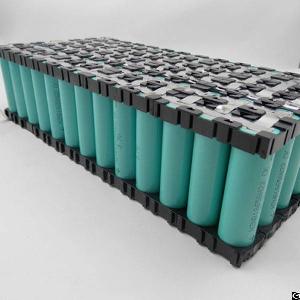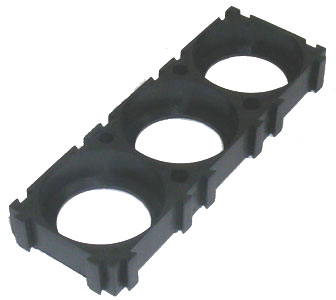izeman
1 GW
now i've done enough riding to give some feedback about the battery. max voltage is 63V and max current is around 60A (~3.5kW peak). so 6A per cell. sag is more than with the old lipo cell - that was expected, but it's not bad at all. the total internal resistance calculated by my CA is 35mOhm.999zip999 said:Yes things change and hard to know the finished product. Good use of a rubber. Please let us know how this pack works out as far as voltage Watts amps and sag. Controller and motor. Thanks good luck
range is 50km as calculated with a mileage of around 30Wh/km when ridden hard.




